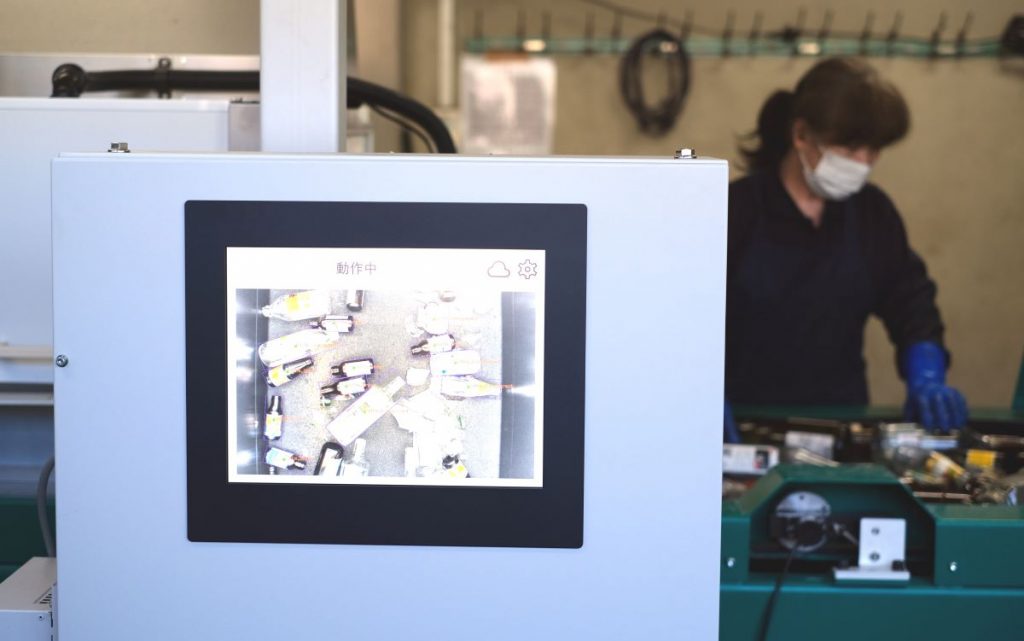このページを 日本語 で読む
Glass bottles and jars, commonly used as food and beverage containers, are increasingly sorted using artificial intelligence (AI). This automation is expected to significantly decrease the sorting work done by hand to date and advance glass recycling rates.
A Solution to Labor Shortages
PFU, a leading manufacturer of scanners in the Ricoh Group, developed a cutting-edge AI tool. It employs image recognition technology that can identify the color and material of bottles moving on a conveyor belt with 99.8% accuracy.
The system gives instructions to sorting robotic arms. These are capable of sorting up to 70 bottles per minute, separating bottles by color, such as brown glass or opaque. The robot can even recognize and separate out bottles that are not empty as well as plastic bottles that somehow end up in glass recycling. This AI can also relearn, enabling it to handle more complex separating as it gains experience.
According to the Glass Bottle 3R Promotion Association, when glass bottles of different colors or materials, such as heat-resistant or crystal glass, are mixed, problems arise. In the end, they cannot be recycled. Due to labor shortages in sorting, an estimated 300,000 tons of glass bottles are discarded annually.
Growing Demand for Recycled Glass
The Seinan Corporation, headquartered in Hirosaki City of Aomori Prefecture, handles recyclable waste processing for Aomori City. In April, the company adopted the AI system on a trial basis to partially automate its glass bottle sorting process.
"Rapid sorting work requires experience. With an aging workforce, we have a chronic labor shortage, so our aim is to improve efficiency," said a company spokesperson. Seinan expects the system to replace the work of two staff members.
Production and sales of eco-friendly glass bottles, made with a high rate of recycled glass exceeding 90%, are increasing yearly. Demand is also growing. AI is likely to be the key to unlocking a new market for recycled glass.
このページを 日本語 で読む
